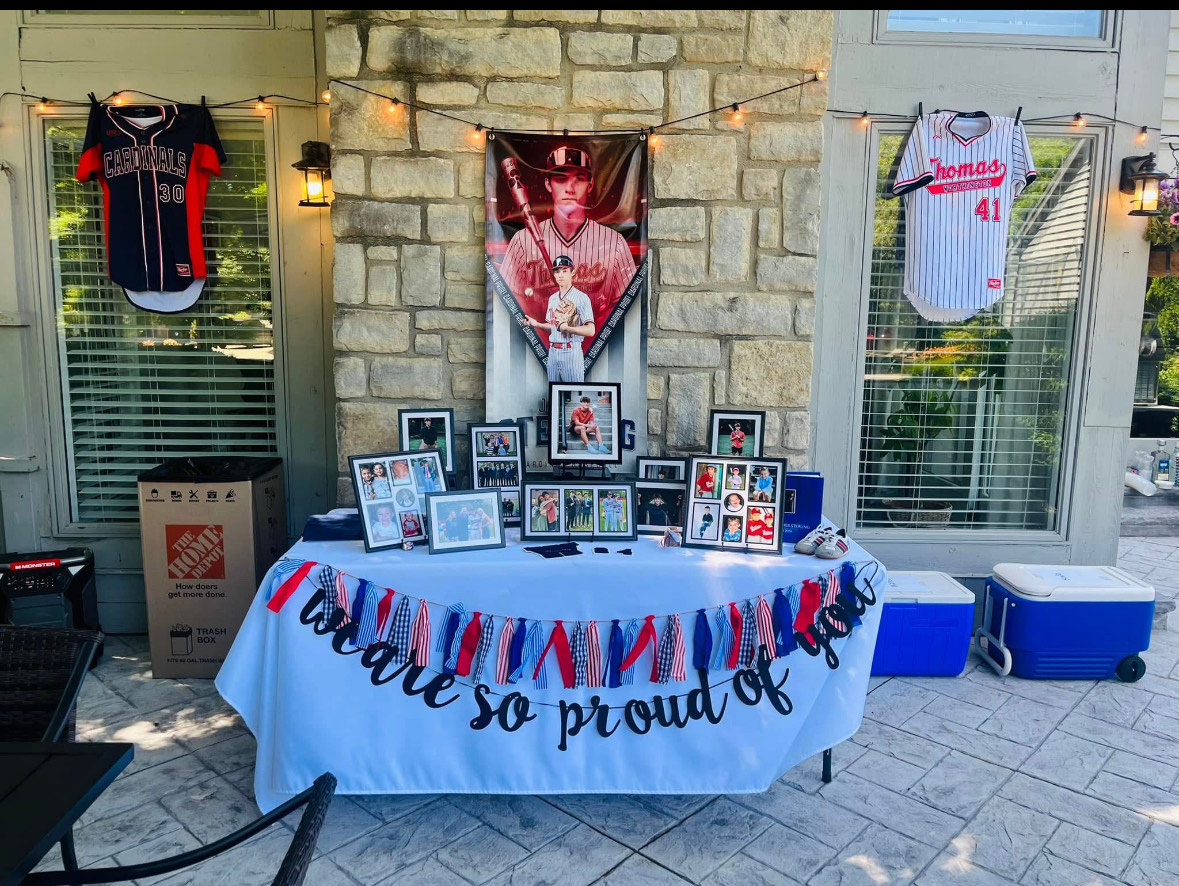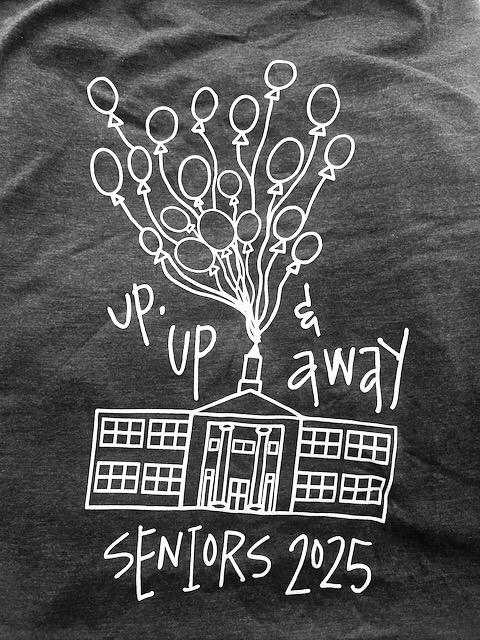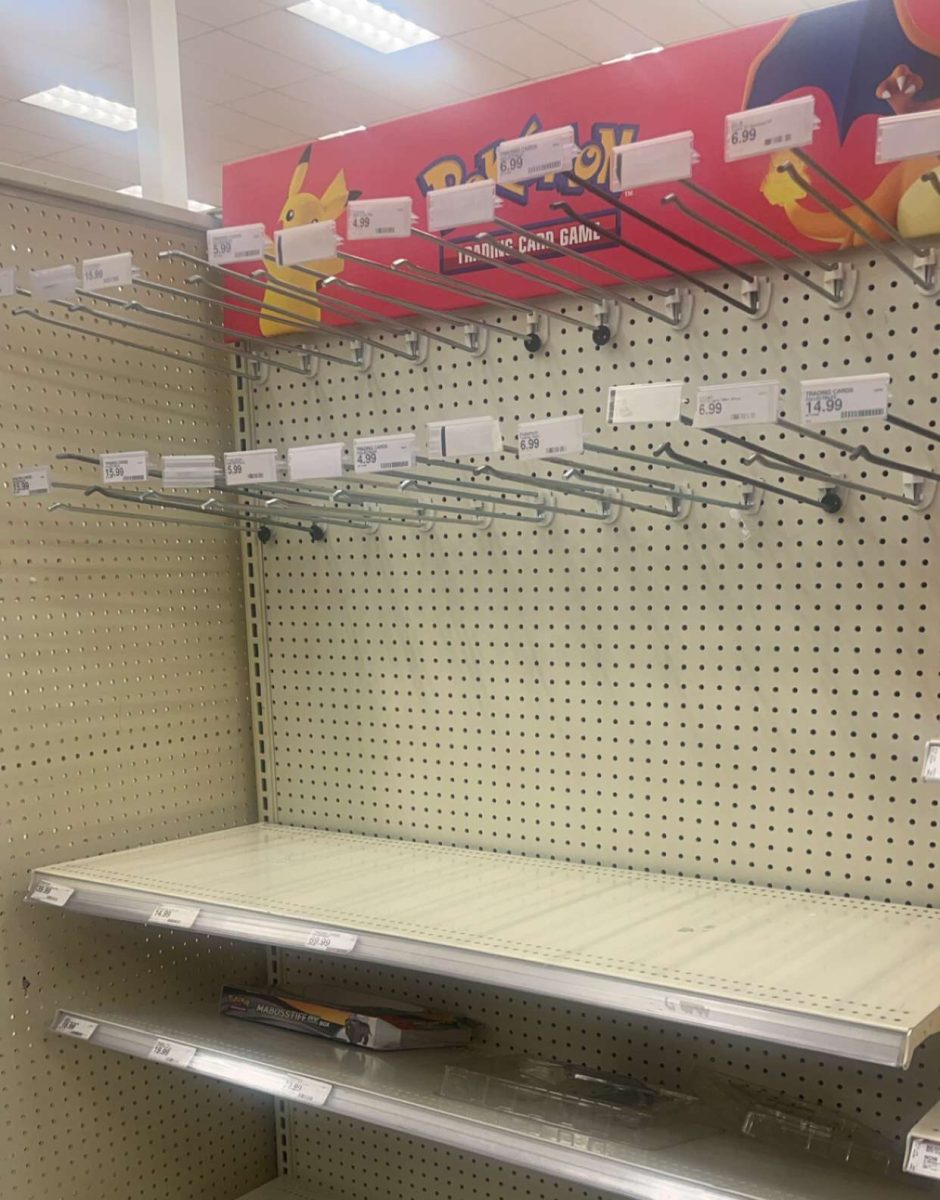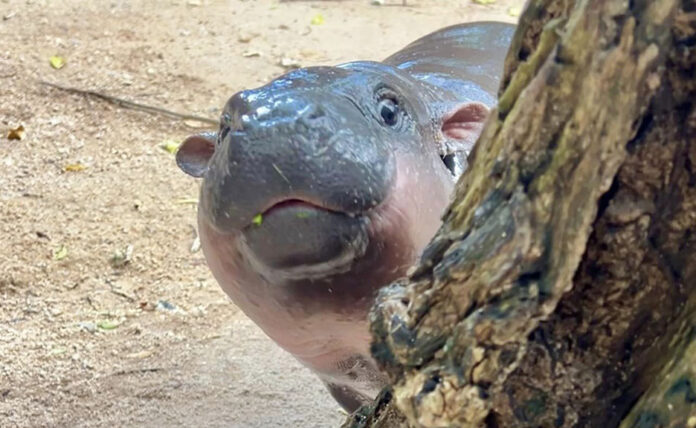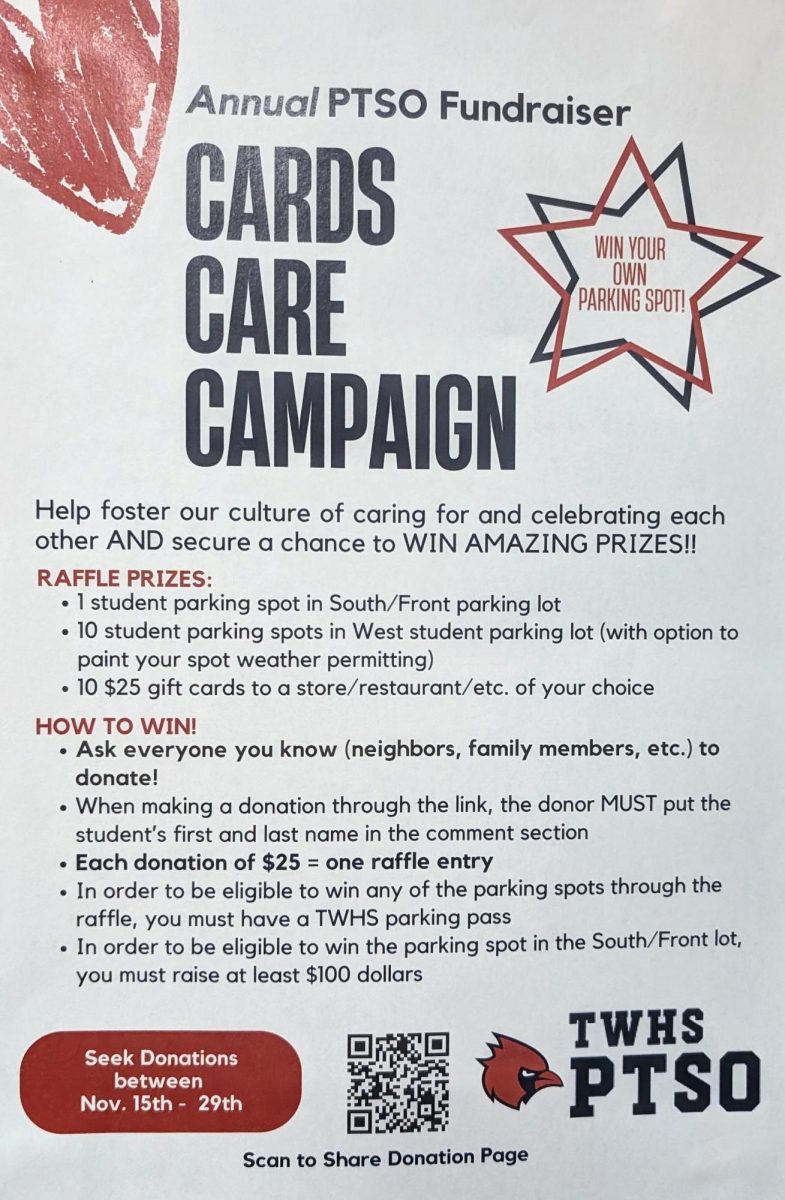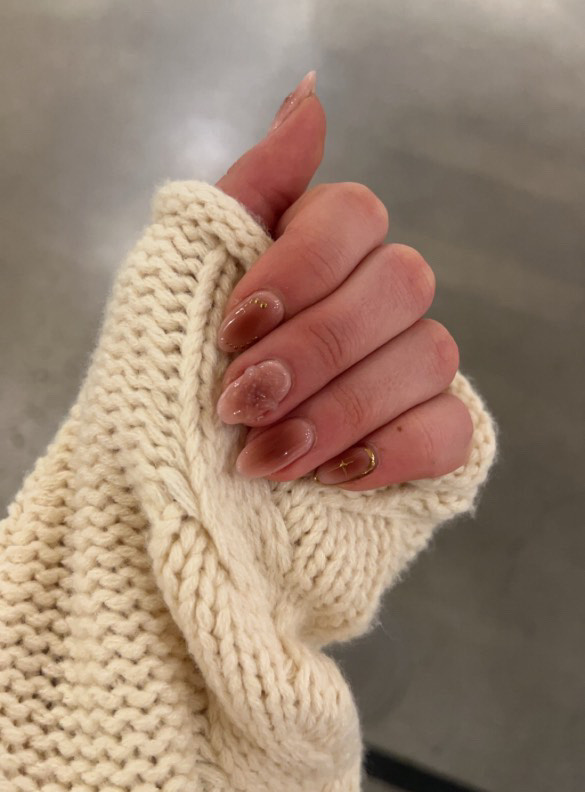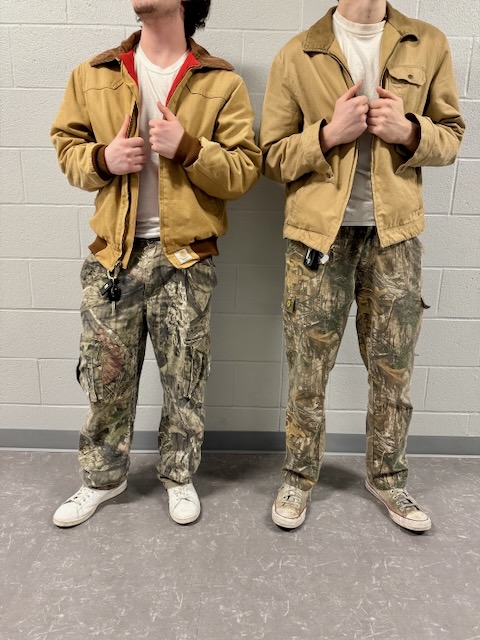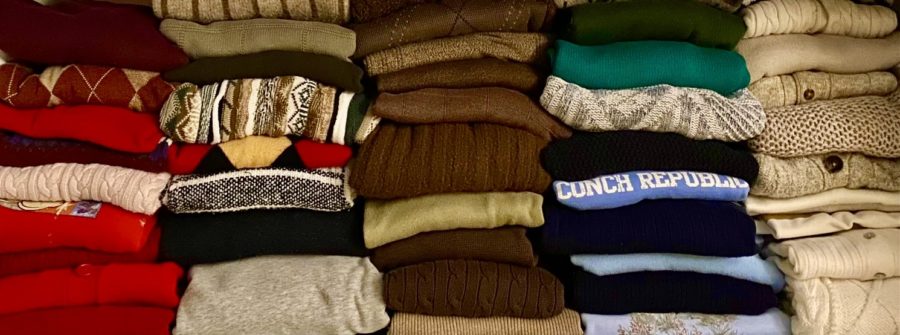Why You Shouldn’t Fall for Fast Fashion
A stack of thrifted sweaters originating from across Columbus. This is a curated collection accrued over one year. They are a trendy winter closet staple.
October 18, 2022
High school is a critical time period in which teens develop their sense of self and style. As each year progresses, new trends emerge and old trends make a comeback, causing rapidly changing pressure to keep up. This high demand for affordable and trendy clothes items has caused an exponential growth in two ways of shopping; thrifting and fast fashion.
Recent changes in consumer habits have drastically impacted the way clothes are produced. Good On You, a website with endless information about closet sustainability and a fashion brand rating system, explains that “clothes became cheaper, trend cycles sped up, and shopping became a hobby.”
One of the big issues with fast fashion is that it leads to overproduction and overconsumption of clothes that just end up in landfills. Most popular clothing stores have shifted to selling “cool, trendy clothing you could buy with your loose change, wear a handful of times, and then throw away,” says Good On You writer, Solene Rauturier.
Not only that, but fast fashion also exploits workers by providing unsafe working conditions and minimum wages in third world countries in order to produce these trendy items for such a low cost. According to Nanditha Nair ,writer for the to the Berkeley Economic Review “consumers really started questioning fast fashion” in 2013 when “the Rana Plaza clothing manufacturing complex in Bangladesh collapsed, killing over 1,000 workers”.
Research shows that younger generations are more concerned about human rights, pollution, and climate change compared to older generations. “The fast fashion industry has faced persistent scrutiny” since the conditions in garment factories became public knowledge, and this has led to the “rise of thrifting”, says Nair.
Thrifting has been around since the late 19th century. Initially, thrifting was for people with financial struggles and had a negative connotation in the upper classes. However, “in the past decade, thrifting has taken on a completely new life, especially among individuals of Generation Z, born between 1995 and 2010.”explains Nair.
Some argue that, while buying second hand clothing does not directly support fast fashion, it may be harmful for those who truly cannot afford name bands. According to an article in the New York Times by Isabella Grullón Paz, “thrift stores have no shortage of donations, especially in recent years.” However, people that have been thrifting their whole lives have noticed a dramatic increase in cheap clothing that only runs in small sizes.
These trends can be seen all over the world as well as right here in Thomas Worthington. Mr. Pflieger, who teaches students of all grades, has noticed a change in the style of clothes that teens are wearing nowadays and says “they seem to be more eclectic.” He personally does not thrift but gets his clothes online from stores like J.Crew. Pflieger believes that fast fashion can be “dangerous” because it puts you in a “cycle of buying cheap things that don’t last,” and it’s not sustainable. It’s not great for the environment, it’s not great for your money, and it’s not great for the workers.”
Students that buy clothes that are considered fast fashion tend to “shop seasonally” and the clothes don’t last long. Because of this, senior Gavin Rode is “not a huge fan” and prefers to receive clothes from his grandpa, like good quality flannels that will last a lifetime.
Many students at TWHS are aware of the consequences of fast fashion, however, some still don’t know much about it and continue to buy from these mainstream stores. Sophomore Raegan Bell likes to buy her clothes at the mall from stores like American Eagle and Forever 21 “because it’s cheap”. On the other hand, she believes that thrift shops are becoming more and more “like going to the mall, just less expensive”. An example Raegan Bell gave is Uptown Cheapskate, which is full of gently used name brand clothing.
The amount of untouched clothes in the world can be overwhelming to some and it is only worsening. During the transition from middle school to high school, most teens feel the need to fit in and keep up with the fashion trends. “Just four years ago you could find me at Forever 21, excited over the abnormally cheap prices,” admits Ava Gertler. Now, nearly all her clothes are second-hand. “I particularly like Depop and Poshmark, two online shopping apps, but also enjoy occasional trips to my local thrift stores.”
Fashion is a crucial part of self expression for high schoolers and it can indicate a lot about one’s personality. It’s extremely important that we understand the amount of waste we are creating. It may be beneficial to our planet if we stop producing cheap clothing and simply use “the clothing that already exists in the world and just needs a new home.”

